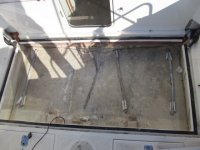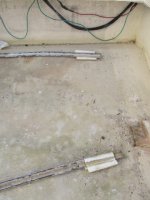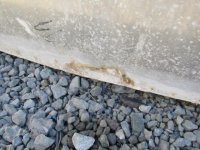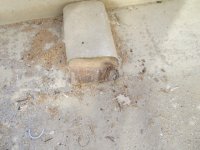journey on
New member
Coastline Equipt seems to be a food processing mfg. Are they going to build your new tank? The question is: who would one contact to build a new tank, one that understands the problem and has the new dimensions? Not: who is to blame. Too late for that.
Random question: could one go in and install a pad to prevent the rubbing, etc, if the tank isn't leaking yet? Could be a good winter project.
Boris
Random question: could one go in and install a pad to prevent the rubbing, etc, if the tank isn't leaking yet? Could be a good winter project.
Boris








